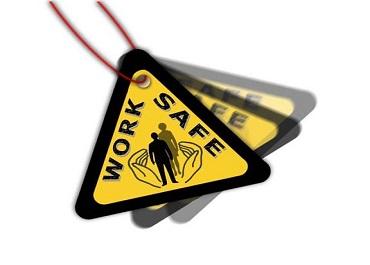Why the aging of the workforce and adult obesity are increasing workman's compensation
Why the aging of the workforce and adult obesity are increasing workman's compensation
在过去的四十年中,工人的薪酬成本急剧增加。这在很大程度上归因于劳动力的两个趋势,即劳动力平均年龄的增加以及该武力的肥胖工人的增加。四十年前,美国劳动力成员的平均年龄是二十八岁。今天,劳动力的平均年龄是四十六,31%的人是肥胖的。在过去的四十年中,肥胖利率飙升,导致劳动力远远超过过去几十年的肥胖人物和老龄化。
在2000年,只有1820万人比劳动力55岁大。最后十五年来,该数量已跃升至2500万,预计到2025年的3200万。经济和社会差异为老化劳动力贡献。随着近期经济衰退,更多人必须重返工作岗位或不得不抓住他们的工作,当在以前的经济气息中,他们可能已经能够舒适地退休或保持退休。自20世纪50年代以来,四十五岁以上的工人数量增加了一倍多。
这会如何影响工人的补偿费用?随着我们的年龄,我们失去了力量,灵巧,视觉和听觉理解,肌肉质量,骨密度和认知速度。我们的一些最危险的疾病和疾病的风险更高,包括但不限于肥胖,关节炎,糖尿病,心脏病和高血压。这些疾病,与大多数人在年龄一样经历的电机容量结合,使得制造业楼层更有可能更有可能,这危害了他的衰老,也是他周围的人。有更多的事故和错误,有人有伤害和制造工厂的可能性越高,需要支付工人的comp。
在肥胖症方面时,同样的原则适用。拥有体重指数以上的个人群体,必须平均支付1,429美元,而不是正常重量的个体。平均而言,美国支付超过1470亿美元以弥补肥胖的医疗费用。肥胖的工人也是提出工人赔偿索赔的可能性的两倍,而不是正常工人。由于近年来肥胖的速度已经跳起来,因此有更多的人提交这些索赔,这些索赔更昂贵。
The average obese worker loses thirteen more work days, costs eleven times more, and files nearly seven times as many medical claims as a normal worker. Both obesity and old age put a strain on the back and lower extremities, which are also the two of the most common body parts to be injured. Wrists and hands, which are likely to be arthritic in older workers, are another of the two most common body parts to be injured in today’s manufacturing plants. Simply put, old age and obesity are both hiking the costs of workman’s compensation because these types of workers are more likely to be injured and are more likely to cause injury.
The riskiest jobs for aging and obese workers are production lines, fulfilment, order picking, and warehouse jobs, along with any other position that requires significant reaching, bending, and lifting. These two conditions make it much more difficult and dangerous to do the reaching, bending, and lifting that these jobs require. As obesity rates and the average age of the workforce continue to increase, we are likely to see workman’s compensation costs to continue to rise in tandem.





